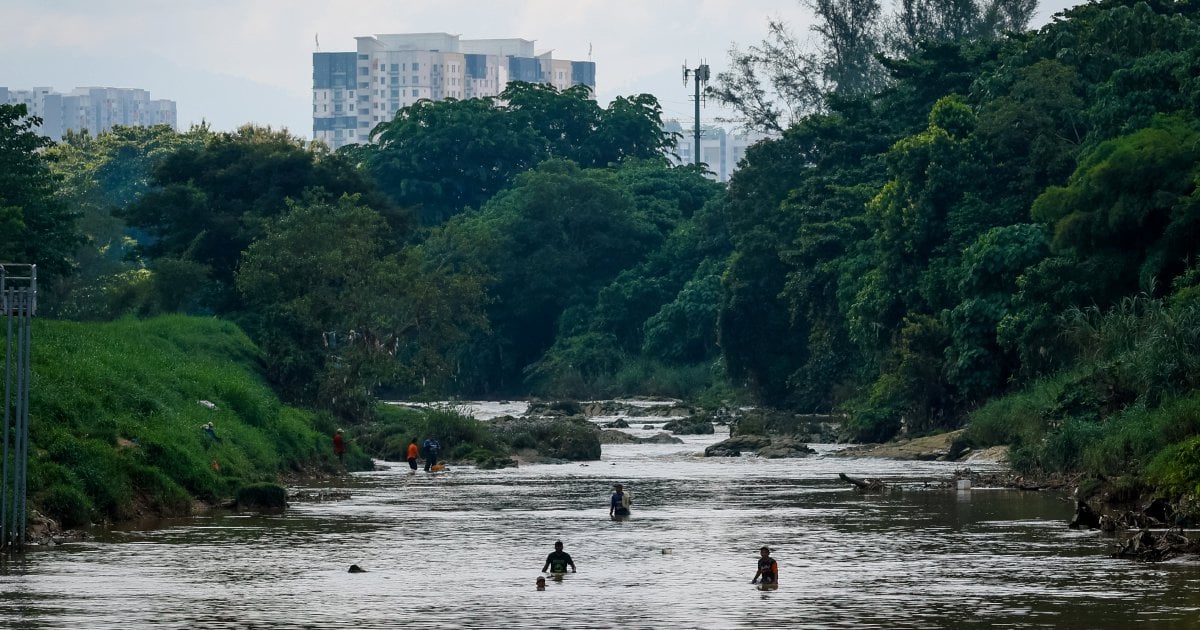SHAH ALAM: The Langat River has become the most polluted river in Selangor over the past two years, with 16 pollution cases recorded as of last May.
It reported more incidents than any other river in the state, followed by the Sembah River with 14 cases, the Selangor River with 13, and the Gong River with 4.
Frequent pollution cases in the Langat River risk affecting around 2 million users who rely on treated water supply from four main water treatment plants (LRA), located at Batu 11 Cheras, Sungai Langat, Bukit Tampoi and Labohan Dagang.
These four LRAs supply water to surrounding residences in Hulu Langat, Cheras, Sepang, Dengkil, Banting, Cyberjaya and some parts of Putrajaya.
The Selangor Water Management Authority (Luas) shared that there have been no simultaneous work stoppages involving all four LRAs so far.
Luas said a total of 10 out of 164 river pollution cases were categorised as red code from 2023 until 14 May.
The red code can affect and cause an LRA to cease functioning for more than four consecutive hours, leading to water supply interruptions.
Luas has discovered 12 pollution sources, which include odour, turbidity, diesel and oil spills, accidents, foamy water, fire residue, discolouration, dead fish carcasses, livestock effluent, increased acidity or alkalinity (pH), elevated ammonia, and chemical substance levels.
Based on daily monitoring and sampling conducted by the Luas Elite Water Squad (SKEAL), a total of 13 pollution hotspot locations have been identified, divided between two main river basins.
As for the Langat River Basin, the Langat River recorded the highest number of cases with 16, followed by the Kabul River (eight cases) and the Semenyih River (six cases).
Luas said that a total of 31 green-coded pollution cases were recorded, along with 123 yellow-coded cases and 10 red-coded cases during the same period.
However, the trend of pollution occurrences in major rivers across Selangor has shown a decline, following strict monitoring carried out by LUAS to minimise shutdowns at LRAs.
“In fact, there have been no LRA shutdowns at all in the first five months of this year,” they added.
Meanwhile, Luas also reported that the total cost incurred for clean-up and mitigation efforts related to pollution incidents in 2023 amounted to RM46,920, compared to RM91,700 for the previous year, while no expenditure has been recorded as of April 15 this year.
The standard operating procedure (SOP) for pollution detection involves odour-based sampling at potential pollution sources such as sewage manholes, toilet outlets, and final effluent discharge points of premises.
Detection is further supported by in-situ water quality sampling devices that measure parameters like turbidity (NTU), NH₄ for Ammoniacal Nitrogen (AN), and other water quality indicators.
For pollution control, deodorisation is conducted using activated carbon powder, while oil booms and oil pads are deployed to mitigate oil contamination.
© New Straits Times Press (M) Bhd






